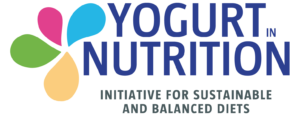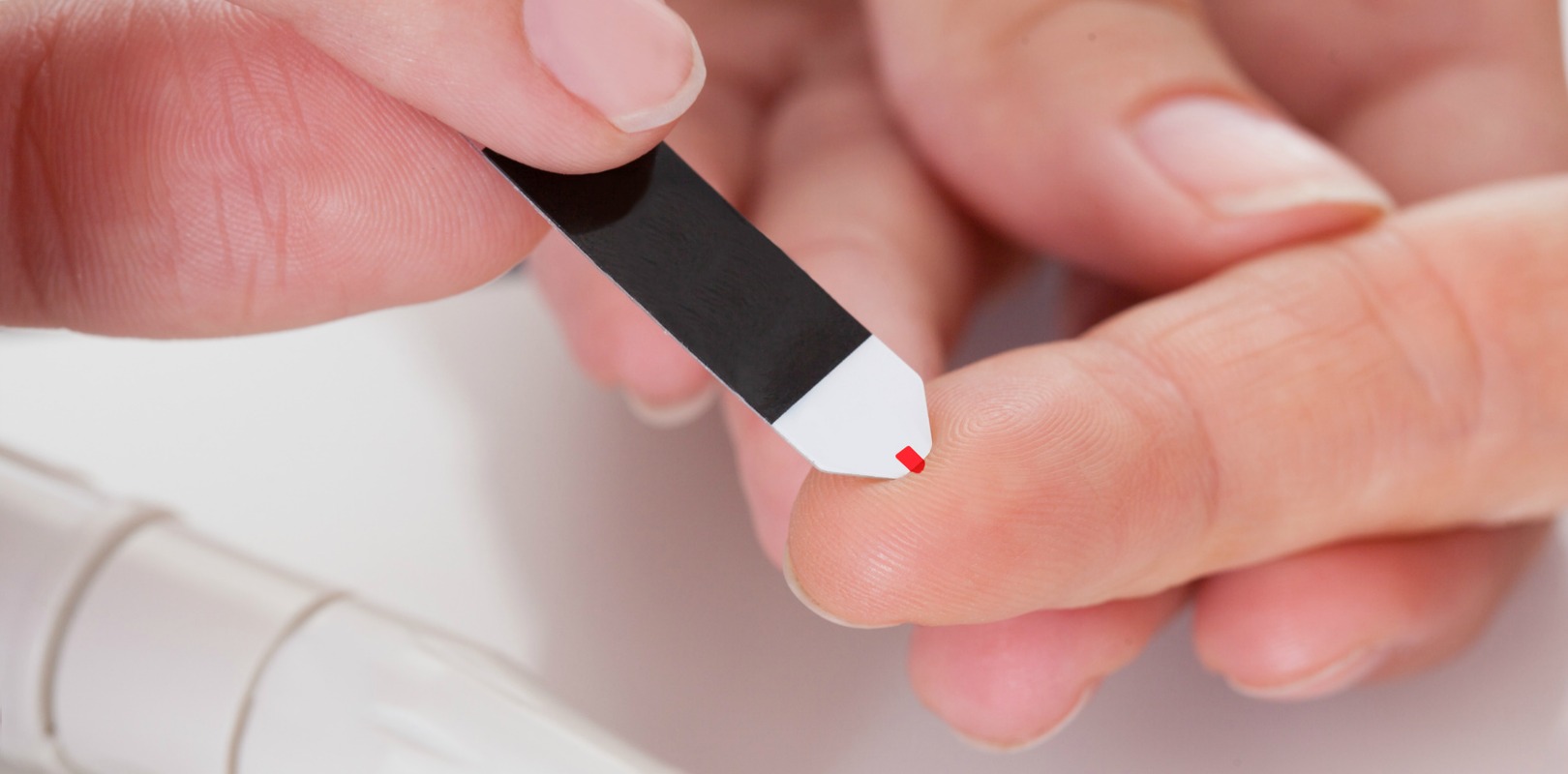(March 27, 2014) The importance of dairy products, including yogurt, to bone health has been recognised again today with the announcement of a new collaboration between the International Osteoporosis Foundation (IOF) and the Yogurt in Nutrition Initiative (#YINI).
IOF will join forces with the #YINI and its current partner, the American Society for Nutrition (ASN), to jointly promote the importance of daily dairy consumption for bone health, drive future research, and share knowledge in this area of increasing medical interest.
“We are delighted to announce that IOF has become our new partner and we are looking forward to working together to meet our common goals,” said Prof. Raanan Shamir, Professor of Pediatrics at Tel Aviv University and Chairman of the #YINI. “There is a growing body of evidence that daily consumption of yogurt can improve bone health in all age groups and this collaboration will greatly enhance our expertise in this area.”
The International Osteoporosis Foundation is a registered not-for-profit organisation based in Switzerland. Its mission is to promote the maintenance of bone, muscle and joint health as a worldwide priority. The organisation’s goals are to motivate people to take action to maintain musculoskeletal health and prevent, diagnose and treat bone, muscle and joint disorders. Furthermore IOF promotes medical innovation in order to improve patient care in the field of musculoskeletal health.
“Our vision at IOF is a world in which people of all ages benefit from good bone, muscle and joint health,” said Judy Stenmark, Chief Executive Officer, IOF. “A balanced diet rich in bone-healthy nutrients is an important ingredient for good bone health. As dairy products are major source of these key nutrients, we are very pleased to be working with #YINI to help spread this important nutrition message.”
Immediate priorities
The collaboration between YINI, IOF and the ASN offers exciting opportunities for future scientific research projects, learning and educational activities, among others. The two immediate priorities for the group include:
- Selecting the 2014 YINI research award winners
This award of $30,000 will support one or two independent research teams that are investigated the health benefits of yogurt. Research projects will be selected based on their innovative nature, scientific quality and project feasibility.The deadline for submission of applications is June 30, 2014.
- Contributing to the 2nd Global Summit on the Health Effects of Yogurt, April 30, 2014
The IOF will bring significant expertise on bone health to the 2014 and future Global Summits on Health Aspects of Yogurt. This is a leading satellite program at the American Society for Nutrition’s Scientific Sessions and Annual Meeting at Experimental Biology 2014. At this year’s meeting, Professor René Rizzoli from the University Hospital of Geneva, and the IOF representative within the YINI, will report on the findings of the EU Working Group on Dairy Protein and Musculoskeletal Health.
“Nutrition economics (or nutrieconomics) is a rising research field that focusses on the interdependency between dietary habits, health and public health expenditure”, explained Prof. Rizzoli. The YINI believes that good nutrition is an essential determinant of public health and is keen to explore further how nutrieconomics can be applied to bone health. This may also consider the development of education and training programs for physicians and allied healtth-care professionals in the field of musculoskeletal health.
“The new collaboration with IOF underlines the commitment of YINI to global health and well-being by supporting young scientists and encouraging a global exchange of research findings,” said Prof. Rizzoli. “We are pleased to put bone health on the YINI agenda in 2014 since it is clear that dairy products are essential for bone health and thus an important issue in the field of nutrieconomics.”
About the Yogurt in Nutrition Initiative (YINI)
The Yogurt in Nutrition Initiative is a multi-year global, collaborative project led by the Danone Institute International in collaboration with the American Society for Nutrition which aims to evaluate the current evidenc e base on the nutritional impact of yogurt. The mission of the project is to uncover scientific data related to yogurt, stimul ate new research and identify gaps in our understanding of the health effects of this food category in order to share this information with professionals and the public. https://www.yogurtinnutrition.com; Twitter : @YogurtNutrition
About the Danone Institute International (DII)
The Danone Institute International is a non-profit organization whose mission is to develop and disseminate scientific knowledge on diet and nutrition to benefit public health. To accomplish these goals, the Danone Institute International supports research initiatives and training programmes on diet and nutrition for health and educa tion professionals and disseminates information on diet and nutrition to the general public. http://www.danoneinstitute.org
About the American Society of Nutrition (ASN)
The American Society of Nutrition is a non-profit organization dedicated to bringing together the world’s top researchers, clinical nutritionists and industry to advance the knowledge and application of nutrition for the sa ke of humans and animals. The Society supports its members and fulfils its mission by fostering and enhancing research; providing opportunities for sharing nutrition research results; fostering quality education and training in nutrition; upholding standards for ethical behaviour in research, and bringing scientific knowledge to bear on nutrition issues through communication and influence in the public domain. http://www.nutrition.org
About the International Osteoporosis Foundation (IOF)
The International Osteoporosis Foundation (IOF) is the world’s largest nongovernmental organization dedicated to the prevention, diagnosis and treatment of osteoporosis and related musculoskeletal diseases. IOF members, including committees of scientific researchers, leading companies, as well as more than 200 patient, mediical and research societies, work together to make bone, joint and muscle health a worldwide heath care priority.
www.iofbonehealth.org; www.facebook.com/iofbonehealth; www.twitter.com/iofbonehealth; www.worldosteoporosisday.org













